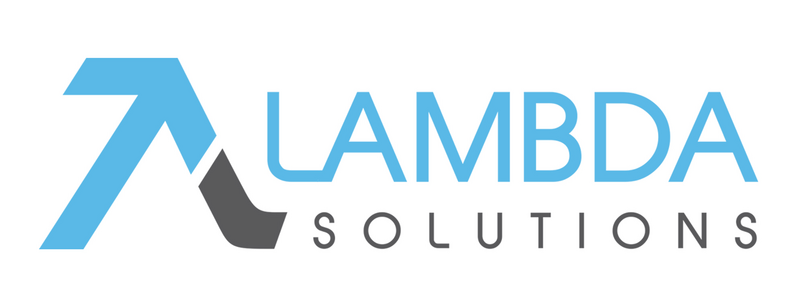Professional Partner Content
Capturing Data to Improve the E-Learning Experience with Learning Analytics (Part 2)
Published Wed Aug 08 2018
In our last blog post (Part 1), we talked about how strategy can help align your approach to your learning analytics data. In this post, we will discuss the second part of that framework: techniques used for implementation.
Techniques for Implementing Learning Analytics
1. Approach your learning analytics data through chunks of time.
The learning process is fundamentally about change over time. So while single data points can be useful, they often provide more insight when analyzed as part of a larger trend. In practical terms, this means you will want to gather multiple data points between each evaluation milestone. For instance, if you are evaluated quarterly, try collecting data every two weeks. This way, you won’t just have a single set of numbers to present to your business leaders. Instead, you will be able to accurately report your progress over multiple biweekly periods.
2. Make an ongoing data plan.
To measure trends effectively, regular and consistent analysis of data is a must. Analytics involves comparisons of data over time. That comparison is valuable only if the same metrics are being measured at predictable intervals. To ensure consistency, maintain an ongoing data plan so you know what you’re going to measure, and when.
3. Have a vision for your data.
Data is useful only if it is presented effectively to decision makers. So it’s critical to have a clear vision for how you are going to display, communicate, and share your data. In addition, you have to ensure that your reports reach decision makers in a regular, timely manner. This is one area where the quality of reporting tools really matters. A quality analytics platform will allow you to design beautiful custom reports and share them automatically with stakeholders. Ideally, this will be done through a variety of channels, such as automated email, mobile device alerts, your LMS dashboard, and even social media.
4. Have a system in place for reflection and feedback.
Analytics is a marathon, not a sprint, and you should seek to continually evolve your program over time. To do this, it’s important to regularly gather feedback from various stakeholders in your organization. Be open to suggestions from a variety of sources. Often, the best ideas will come from people outside the L&D department. After all, once your trainees finish their training, they will start applying their new skills on the job; and who better to provide feedback than their co-workers?
What Gets Measured, Gets Improved
As an L&D professional, you are constantly striving to improve your existing training programs. Understanding how to use learning analytics and data effectively will supercharge that process. And establishing a strong analytics framework is the very first step in that journey.
More from ATD

